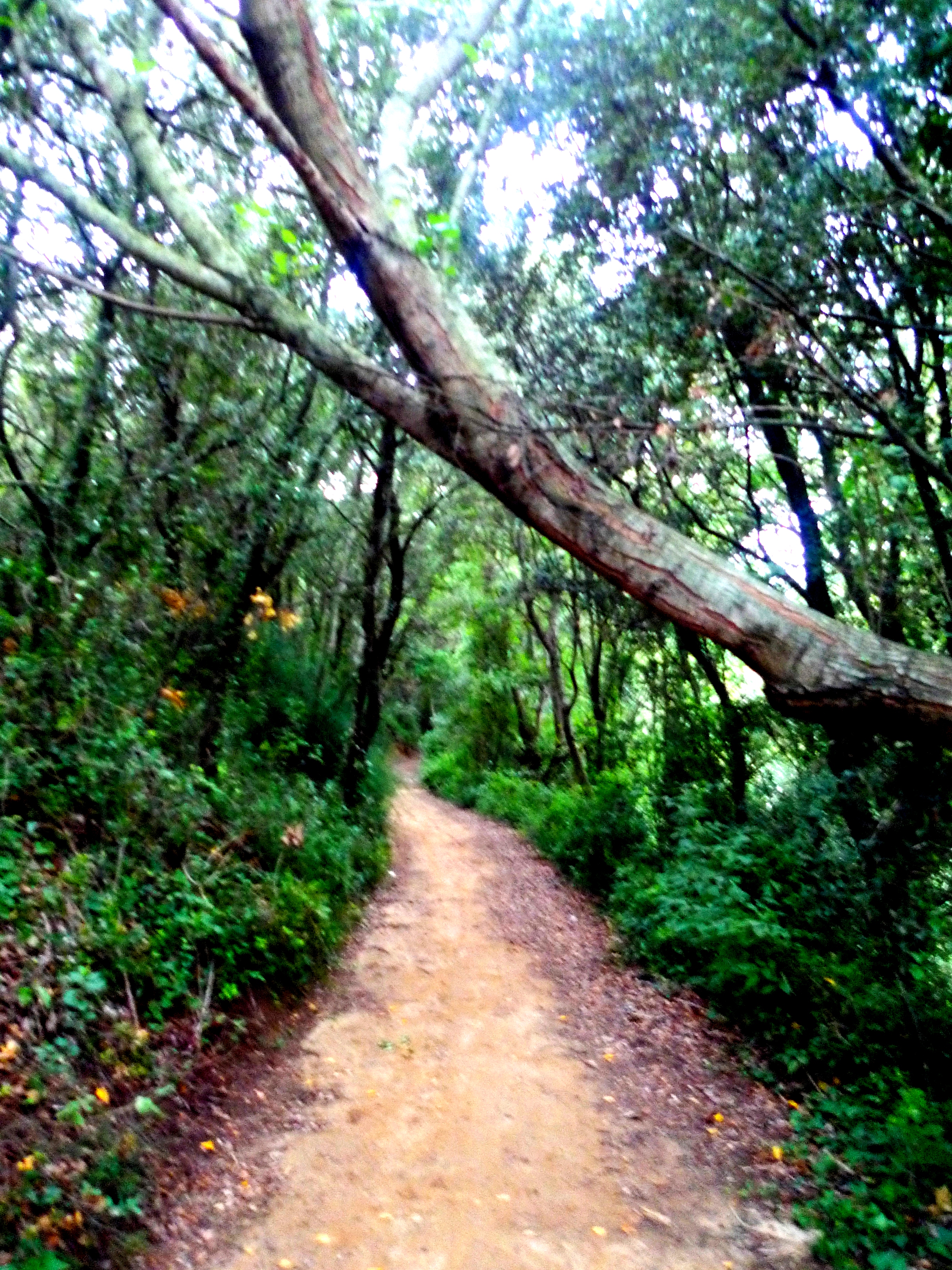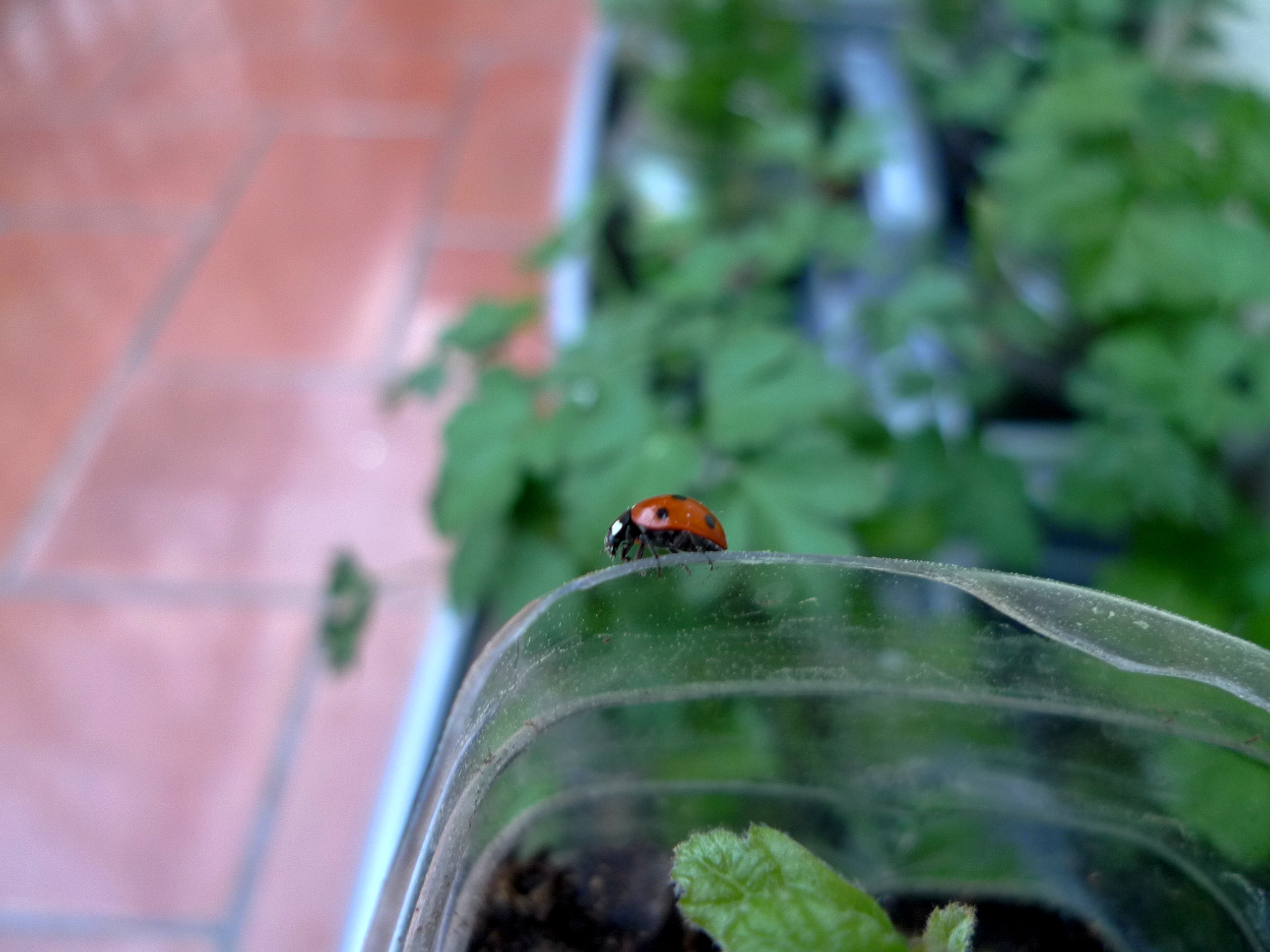Llegeix-me en Català
Léeme en Castellano
Sorry for this long silence. As in many folktales, I had to undertake a journey and overcome many obstacles. It was not an easy job, but fortunately, on my way I met many extraordinary beings which helped me with advice, gifts, magic objects or good company, whether near or far. Thanks to them and to my faith in marvel, finally a couple of weeks ago I arrived to the right place at the right time, like the snail to the cherries (you can read the story here).
This situation reminded me a past experience at Library Poble Sec Francesc Boix of Barcelona that confirmed to me in some way the benefits of wonder tales specially for people from 5 years and older. And I say that because I have the feeling that often folktales are perceived as a futile entertainment, even questionable from an educational point of view, with no other use than keep quiet little babies, what gives me food for thought about an upsetting way of seeing not only tales, but also children.
I don’t know if due to that, or maybe because the haste of some parents to bring their offspring to activities focused on older children, the fact is that the age of the audience at Story time in libraries has gradually decreased to the point that on the sessions for children of +5 years you finish up telling for babies, leaving all the rest orphan of stories, or even worst, maybe with the feeling that stories are not for them.
The day I am talking you about, though, the audience was a group of children between 6 and 10 years that were constantly asking questions, greatly interested in what happened, and deeply moved by the story… and myself, too. It was a tale filled with giants and dragons, and with a poor, little and fragile hero.
In a good folktale there is always a conflict arising, and honestly our hero was in a big trouble. Suddenly, one of the children was so caught by the story that he asked me, really worried:
― It ends well?
And before I had time to react, another child, a bit older, answered him very confidently:
―Yes, folktales always end well.
―Really? ―I asked, amused by the situation. And the older boy replied:
―Yes, at the beginning it always seems that everything will go bad, or very bad, but at the end everything will be ok.
The answer fascinated me. Commonly I have to deal with parents worried about the traumas their kids could have due to listening to stories with monsters, evil beings and all kind of dangers. I would like to have them there, listening this argument for resilience, so they could see that their kids are in good hands with folktales. Children up to 5 years use to distinguish very clearly between tale and real world, and it is a pity that adults, by contrast, they use to judge folktales from a real world perspective, and they don’t see instead that within these stories there is the beating of thousands of people’s experience that lived hard times and somehow they got ahead inspired by this stories where the fragile, the vulnerable, the one who confronted a world full of danger, finally succeeded.
Folktales for me are a sort of simulator, a safe environment to gain confidence against danger, a guide that helps you for a fearless journey through the map of life. And however there is a pedagogical trend which tends to strip dangers and problems from stories in order to protect children, as if erasing all trouble in stories would make them disappear from real life.
Folktales start with a “but”, a conflict, an adversity. Without conflict, there is no problem, no fight nor learning and, with a few exceptions, even no folktale at all. There is no better way of learning than a world where everything is possible, event to confront the most terrible fears, where you can enter or exit in every moment, and doing so, the day we will have to face strange times, we will be able to handle danger with resilience, a gift that sometimes people has said I possess, but believe, if it is so, I am sure that it has granted to me by a druid or another magical being from the stories I use to pass through.
In one week, next Wednesday 20th May at 11am you can find me on the Instagram channel of direct story time from the Barcelona Libraries’ Network with two stories more from the storytelling session «Bimbirimboo! part 2». I had no time to announce you the first part, but I hope there will be more occasions for repeating these stories, or different ones.
To tell stories through Instagram is a strange feeling, because the presentiality is not real: I can’t see you, nor adapt the story to an audience reunited under the same ceiling, so if you have any comments or suggestions to tell me after the session, I will be delighted to hear about them through email.
There will be two sea stories, this time from cold waters. The first one, from the Orkney islands, has a poor and vulnerable hero who undertakes a journey to fight a monster, and on the second one we will discover one of the heroes of the Inuit people, who are used to live in extreme conditions. It was told to me by the explorer and anthropologist Francesc Bailon, who listened it in Greenland from an Inuk hunter. Both stories have been drawn by Maribel Tornero, who every day has to undertake a journey not free from dangers to reach the pharmacy where she works. I would like the applause from this session will be devoted to her.
Wednesday 20th May at 11h
bimbirimboo! part 2: stories with kamishibai, folktales from the sea
storytelling session of 20 minutes in Catalan
from an instagram account on the phone: bibliotequesbcn_acasa
from an instagram account on the computer: www.instagram.com/bibliotequesbcn_acasa/
the session would be visible on the same channel only 24 hours
stories on the phone
you can write me suggesting date and time and a place where you would like to travel, and I will choose the most suitable story from my repertoire. looking forward to hearing from you!
where you can see and listen to stories during these days
the association of professionals of storytelling AEDA has made this list for the people who want to listen to stories







 Instead of travelling, I stay at home and from my window I rise my head as I want to grow up and watch the sky and the clouds and observe their shapes, because very often they hide fantastic creatures, like dragons.
Instead of travelling, I stay at home and from my window I rise my head as I want to grow up and watch the sky and the clouds and observe their shapes, because very often they hide fantastic creatures, like dragons. these days at home and you want to play to be trees and watch the world with another eyes and spread seeds. It is the perfect moment to sow and possibly in many supermarkets you’ll find seeds. If not, you can rescue some basil sprouts and give them another chance instead of leave them to day of sadness on the cooling section. You have only to put them in water on a glass jar, find them a good place with sun, and wait. In about a week, if the plants feels good, it will began to make roots, and when time for going back to school will arrive, you will be able to plant it on a flowerpot.
these days at home and you want to play to be trees and watch the world with another eyes and spread seeds. It is the perfect moment to sow and possibly in many supermarkets you’ll find seeds. If not, you can rescue some basil sprouts and give them another chance instead of leave them to day of sadness on the cooling section. You have only to put them in water on a glass jar, find them a good place with sun, and wait. In about a week, if the plants feels good, it will began to make roots, and when time for going back to school will arrive, you will be able to plant it on a flowerpot.
